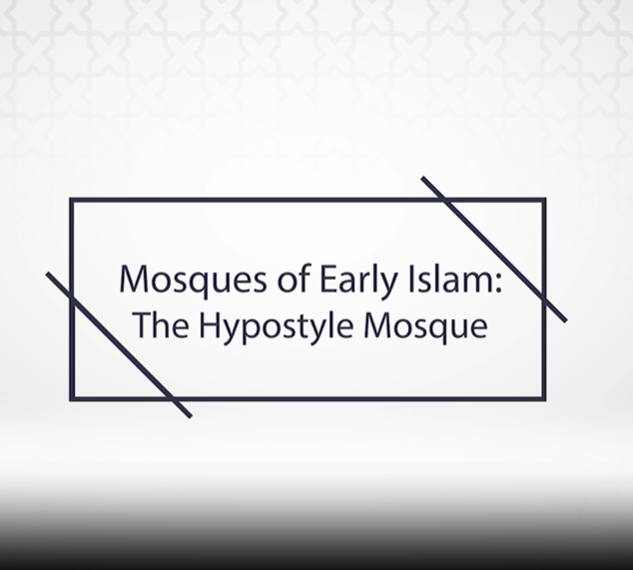
An overview of the mosque’s historical evolution over the course of the millennium extending from the birth of Islam until the mid-seventeenth century.
The videos in this collection are drawn from a MOOC on the Edraak platform that focuses on the architecture of the contemporary mosque. Since the mosque is a historically defined building type, however, the course provides an overview of its historical evolution over the course of the millennium extending from the birth of Islam until the mid-seventeenth century. This will be followed by the impacts of Westernization and modernization on its architecture beginning in the mid-eighteenth century. The course presents initial attempts dating back to the 1950s that aimed at designing mosques that are more rooted in contemporary architectural practices rather than being defined by historical prototypes. Beginning with mosques designed since the 1970s, the course focuses on ones that have received the Aga Khan Award for Architecture and that have been shortlisted for it.
These videos and the course present over thirty mosques covering a wide geographic expanse that includes East Asia, the Indian Subcontinent, Iran, Turkey, the Arab World, Western Africa, and Europe.
The course is intended for architects, students of architecture, and those interested in architecture in general.
The videos and the course are a collaboration between the Centre for the Study of the Built Environment and the Aga Khan Trus for Culture Education Programme.
The videos and the course are presented by Dr, Mohammad al-Asad. Register for the course on Edraak.
I agree to the terms outlined below:
You agree to upload and assign Mosqpedia Database the rights to use the content worldwide and in perpetuity across all current and future media platforms. Mosqpedia Database may edit, copy, adapt and translate your contribution.
The content will be distributed under the Creative Commons Attribution-Deed – Attribution-NonCommercial-NoDerivatives 4.0 International – Creative Commons
All data will be stored in line with data protection regulations.